Luxury Meals That Were Once "Poor Man's" Food
From lobster to caviar, there are many luxury meals that were once considered "poor man's" food.
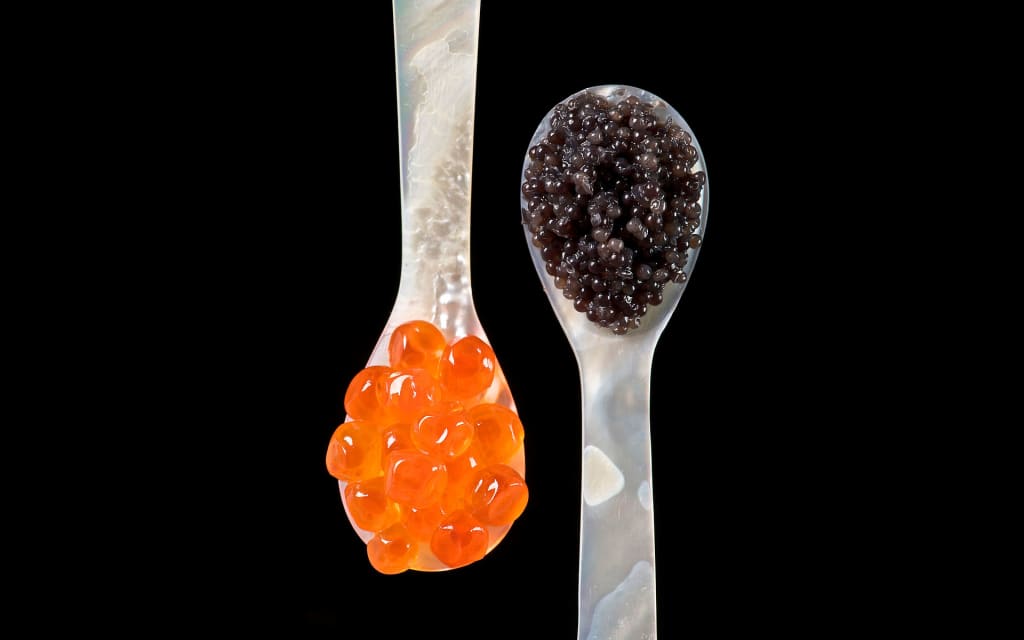
Most of us equate being poor with having a pretty awful diet. After all, these days, only the financially independent have both the time and the money to enjoy lobster and other fine foods these days. Meanwhile, for the super poor, McDonald's is the only restaurant they can afford.
Well, yes, but food has always been an issue that has divided classes. No matter what era it was, there's definitely always been food that's been considered "rich" and food that's considered "poor."
The funny thing about these food labels is that they often switch over time. These luxury meals were once considered to be food that was solely meant for the poor. Who would've guessed?
Lobster
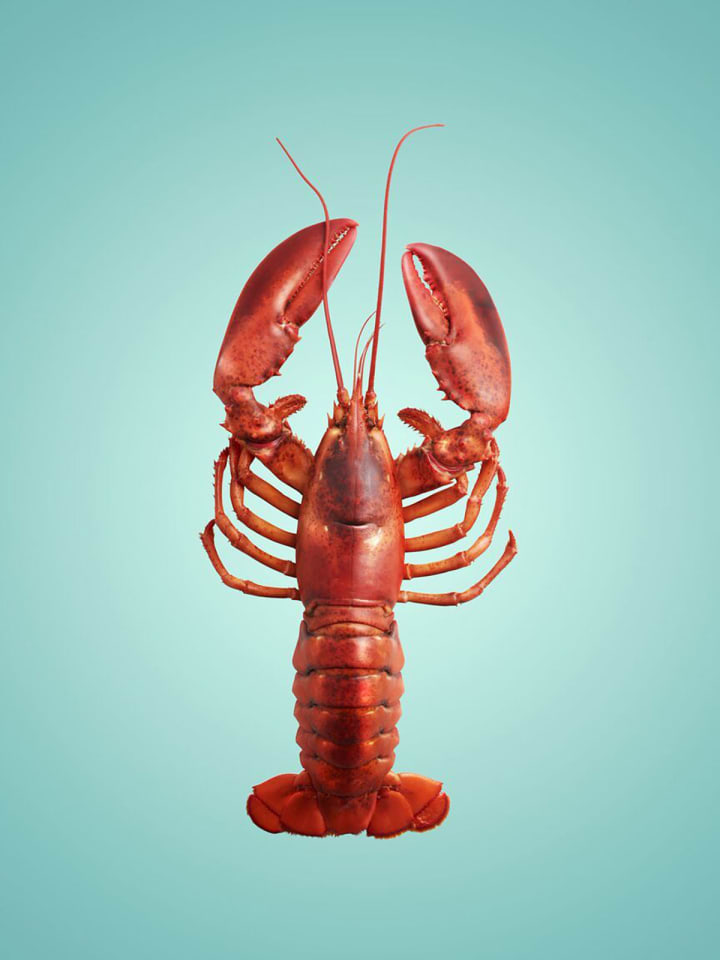
If there's a food that has become famous for its humble roots and its rise to luxury levels, it's lobster. The reason why lobster was popular was because these animals were extremely common back in the day, and they weren't as visually pleasing as fish. (To be fair, lobsters are basically overgrown sea insects.)
Initially viewed as pests that ruined oceanside fishing trips, lobsters were most typically given to those who were dirt poor - as well as prisoners. Most people didn't even see them as edible. People were so averse to eating lobsters that many farmers ended up buying them just to use them as fertilizer for crops!
In some states, laws had to be passed that stopped prisons from giving prisoners lobster more than twice a week because prisoners argued that it was "cruel and unusual punishment."
It was only after the invention of the railroad and a slick salesman who tricked Midwesterners into buying lobster that the dish became more accepted. Nowadays, lobster is something that is almost exclusively reserved for the rich.
Monkfish
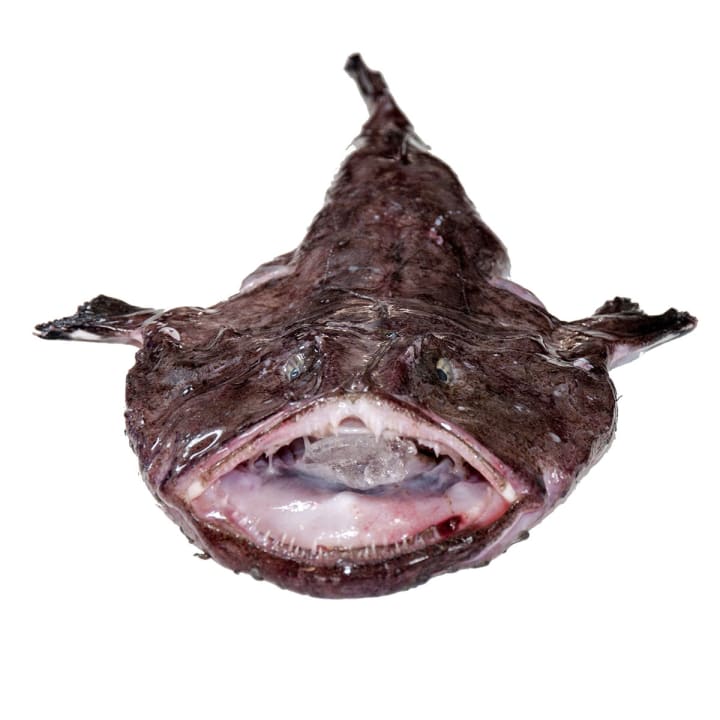
Monkfish has become a major favorite among foodies and celebrity chefs for its tender, light, and incredibly satisfying flavors. Some chefs in England swear by them for particular dishes - especially in seafood stews or grilled masterpieces.
But, prior to today's food climate, monkfish was a fish that fishmongers practically had to pay people to eat. After lobster's tastiness was known, monkfish was nicknamed the "poor man's lobster" in fish markets. Even so, the ugly appearance of the fish made most people rethink things. In fact, France even banned the sale of it altogether because of its unsightly look.
We're assuming that monkfish got a similar reputation makeover that lobster did, since it's now being served as a prized dish at upscale restaurants around the world.
Oysters
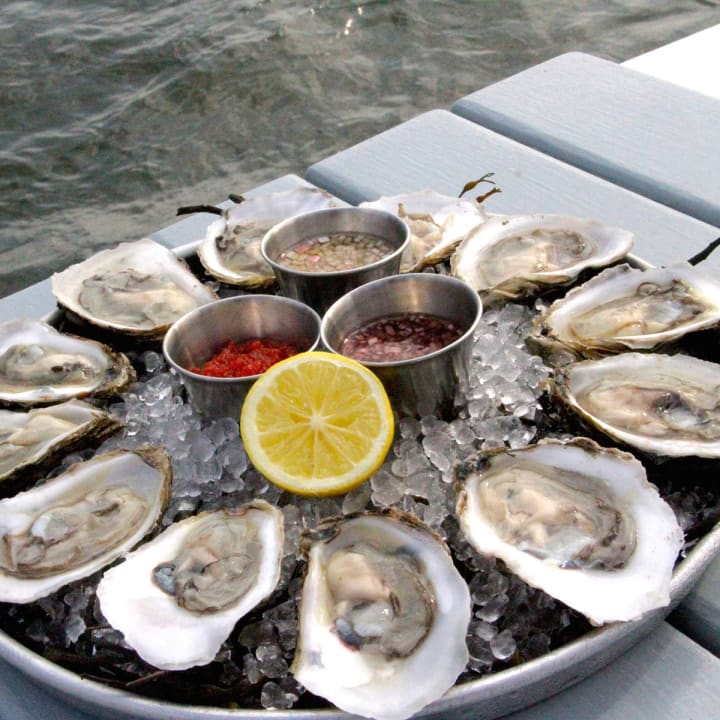
Prior to the oceans becoming polluted to the point that sea life began to die, oysters were everywhere. They were so common that people who were dirt poor would just go out to the sea to find them by the bucketful if they didn't have enough food to eat for the night.
The problem is that pollution happened - and oysters are particularly susceptible to pollution. Around the turn of last century, the world oyster supply diminished greatly due to the die-offs caused by factory wastes.
As supplies dwindled, the prices of oysters rose, and as the prices rose, the reputation of oysters changed from a "poor" food to a "rich" food. Nowadays, they cost $3 a pop or more, depending on where you buy them. This is a far cry from the "free or for pennies" pricing that oysters once had.
Quinoa
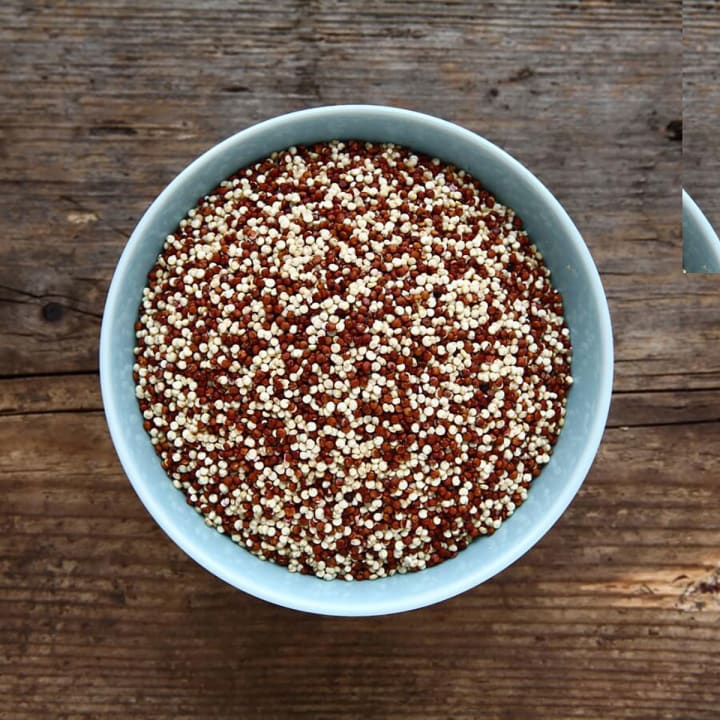
Quinoa is actually a fairly new "rich person" food that has become increasingly popular thanks to the attention it got from health nuts and hipsters. Though you typically might see bags of quinoa being bought for $7 or $8 a pop, the fact is that this is a huge price inflation compared to the way it was only 15 years ago.
In Peru and other South American countries, quinoa was considered to be a food that was relegated to the ultra poor. Most wealthy Peruvians didn't want to be seen eating it because it was so stigmatized. However, when health-conscious people began to see the benefits it offered, prices increased and stigma dropped.
Foie Gras
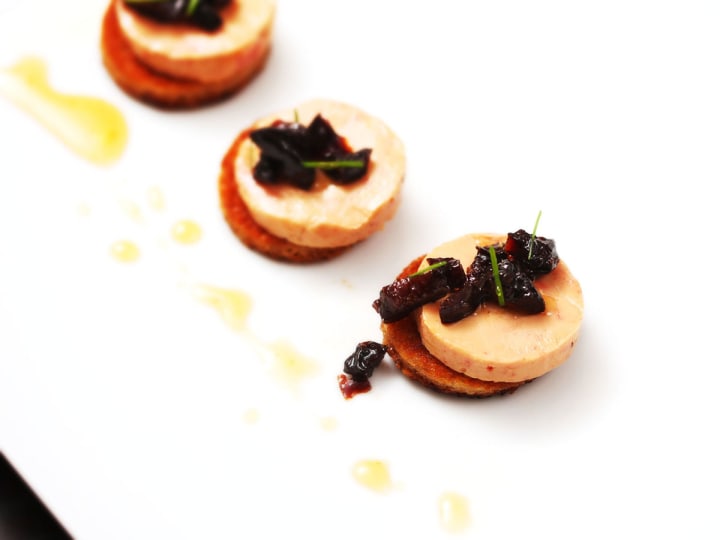
Foie gras is often considered to be the ultimate food of the wealthy, and it consists of a fatty goose liver, pureed with mushrooms. The spreadable, creamy toast topping is hyper expensive, and is almost always served in upscale restaurants that want to boast their luxury.
However, this French dish wasn't always considered to be very luxurious. The original recipe could be traced back to ancient Egypt, when Jews were given the "throwaway" parts of geese. They created foie gras, and once Romans tried it, it became a symbol of elegance.
Then, during the Dark Ages, people linked it with decadence, and it went out of style. That made it a "poor" food again, and by the time that the Middle Ages went by, the art of making foie gras almost died out.
It wasn't until the Rennaissance that middle class people began to eat it in France. The rest, as they say, is history.
Sushi
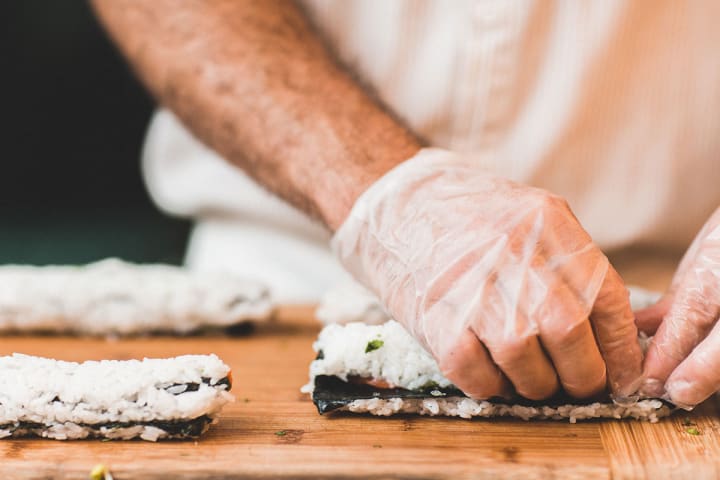
Right now, the most expensive restaurant in New York City is an omakase sushi restaurant that costs over $500 per seat. Saying sushi isn't upscale is like saying that the sky is purple - it's just not true!
As luxurious as sushi is now, it used to be the hallmark food of poor Japanese fishermen. Sushi was originally invented as a way to preserve fish, and the old style of sushi involved covering the fish in fermented rice. By keeping the fermented rice around the fish, the fish stayed fresher longer.
Then, sometime in the 17th century, the Japanese started using sake or vinegar instead of fermented rice. This rendered all of the dish edible, and soon, sushi makers began to make pieces smaller and smaller.
Peoples' love of the new, edible sushi expanded, and sushi makers began to see their artwork as something of a competition. However, it wasn't until after World War II that sushi's prices skyrocketed.
Though there's not quite a solid reason as to why the boom happened after WWII, many believe it was due to sushi chefs increasingly using more delicate fish and impressing travelers from abroad with their creations.
Polenta
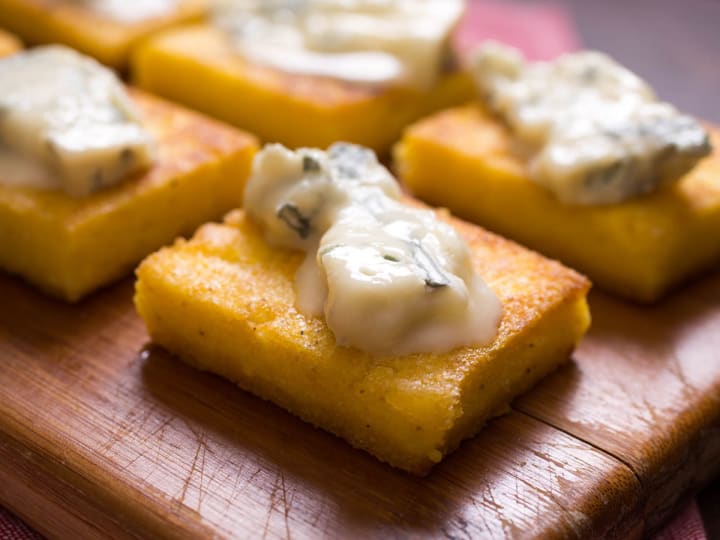
For the longest time, polenta was a corn meal mush that was often just handed to those who were totally broke and unable to buy food that contained real nutrients. Those who ate polenta at almost every meal risked getting pellagra - a vitamin deficiency that causes dementia, skin problems, diarrhea, and death.
Polenta was also incredibly time consuming to cook, and could take as long as 3 hours of constant stirring before it was edible. Along with being time-consuming to cook, it also had a bland taste. Polenta was so hated that the word "polentoni" in Italian was used as an insult - and yes, it translated into "polenta eater."
The only reason that polenta is now posh is because of celebrity chefs. It was a hard to work with ingredient that tasted bland - which made it an ideal ingredient to prove one's cooking skill. After all, if polenta can be made delicious by a chef, that chef has to be good.
At one point, the polenta craze went so nuts that a fine dining restaurant by the name of Oliveto invented a special all-polenta dinner. Yum?
Caviar
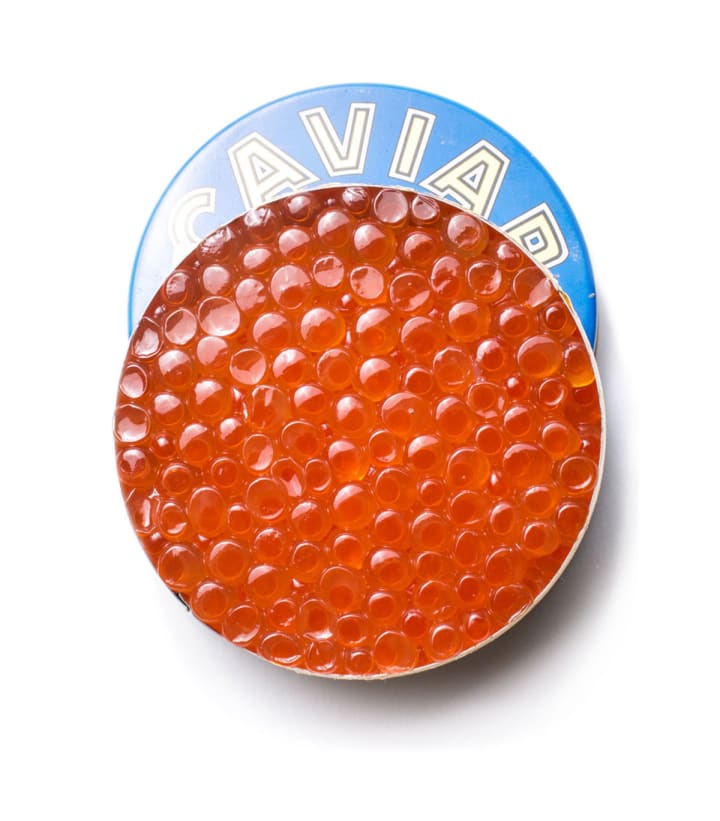
Caviar is a rich person's food these days. In fact, just an ounce of the most expensive kind of caviar can run upwards of $400 - depending on where you buy it.
But, if you rewind the clock back a hundred years or so, things were quite different. Russian bars had an overstock of caviar, and it was so commonplace that they would give it away for free in sandwiches. Since caviar is salty, the sandwiches would make bar patrons thirsty, which in turn increased sales.
As demand increased, the rich began to get increasingly interested in it. Nowadays, caviar is something that is associated with decadence and vodka - possibly because of its humble bar roots.
Skirt Steak
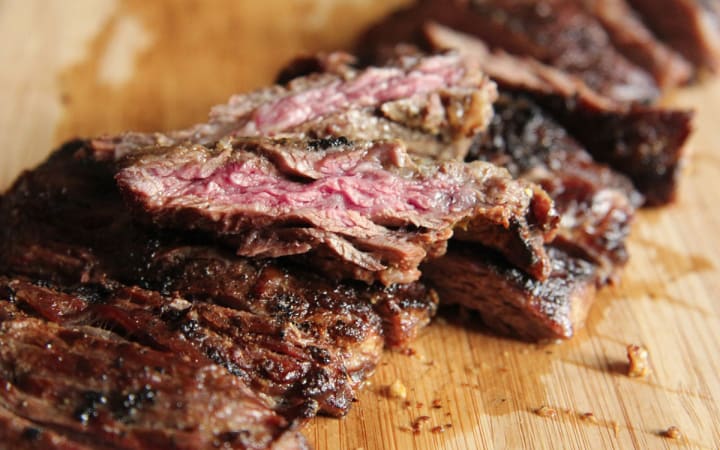
Prior to the 1980s, skirt steak was one of the most affordable cuts of meat out there. It was flat, it tasted good, but it wasn't really as recipe-friendly as many other cuts of beef out there at the time. Simply put, most people didn't really know how to cook it in a way that worked well.
But, then the 80s brought in a new booming interest in Tex-Mex, and fajitas became hotter than the plates they were served on. Skirt steak skyrocketed in price, and because chefs got more creative about their cooking methods, the prices stayed high.
Escargot
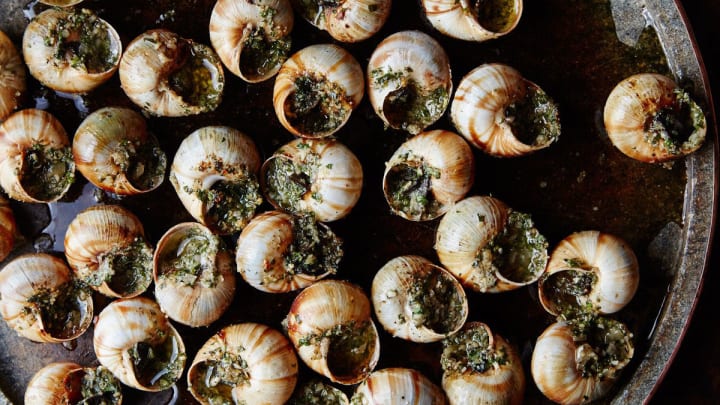
There's something innately strange about eating a snail to many of us, but the practice has been around since the times of ancient Romans. During most of Europe's history, eating snails was frowned upon and seen as gross.
It was only after the French aristocracy decided that it was a delicacy that it gained its rich, bougie vibe. Who'da thunk?
About the Creator
Ossiana Tepfenhart
Ossiana Tepfenhart is a writer based out of New Jersey. This is her work account. She loves gifts and tips, so if you like something, tip her!



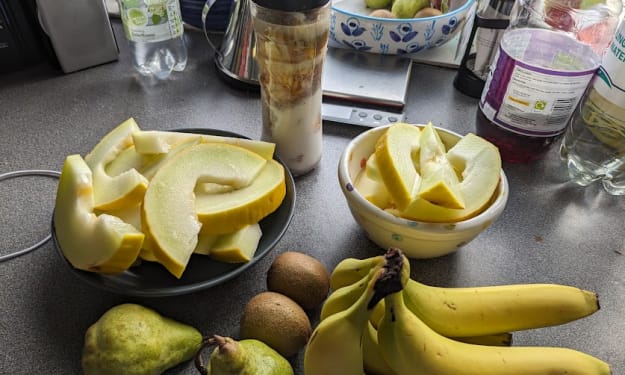


Comments
There are no comments for this story
Be the first to respond and start the conversation.